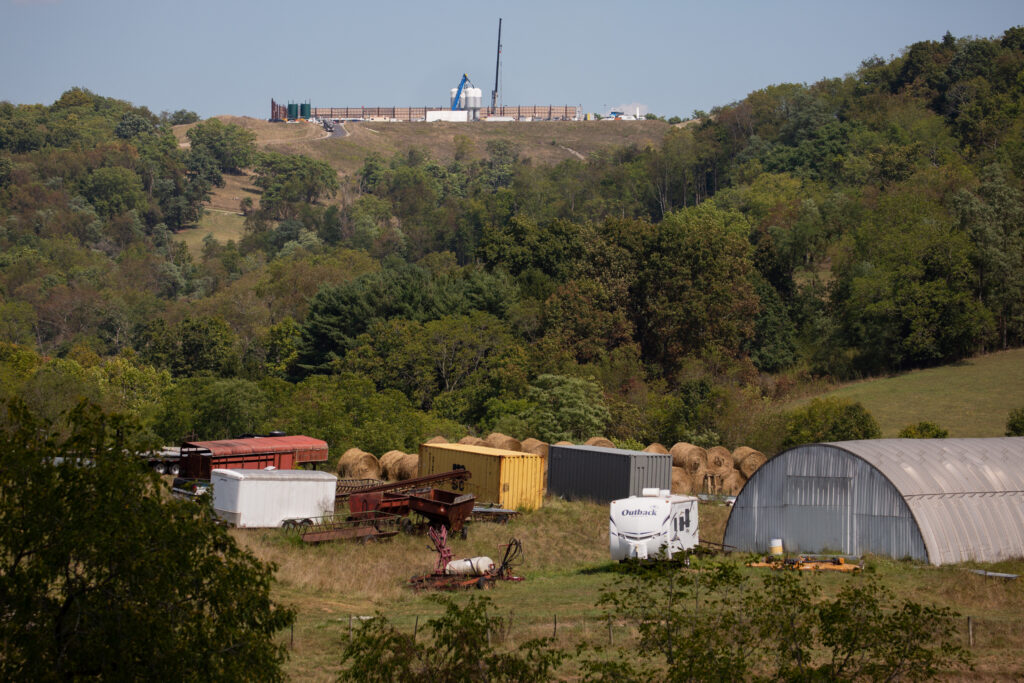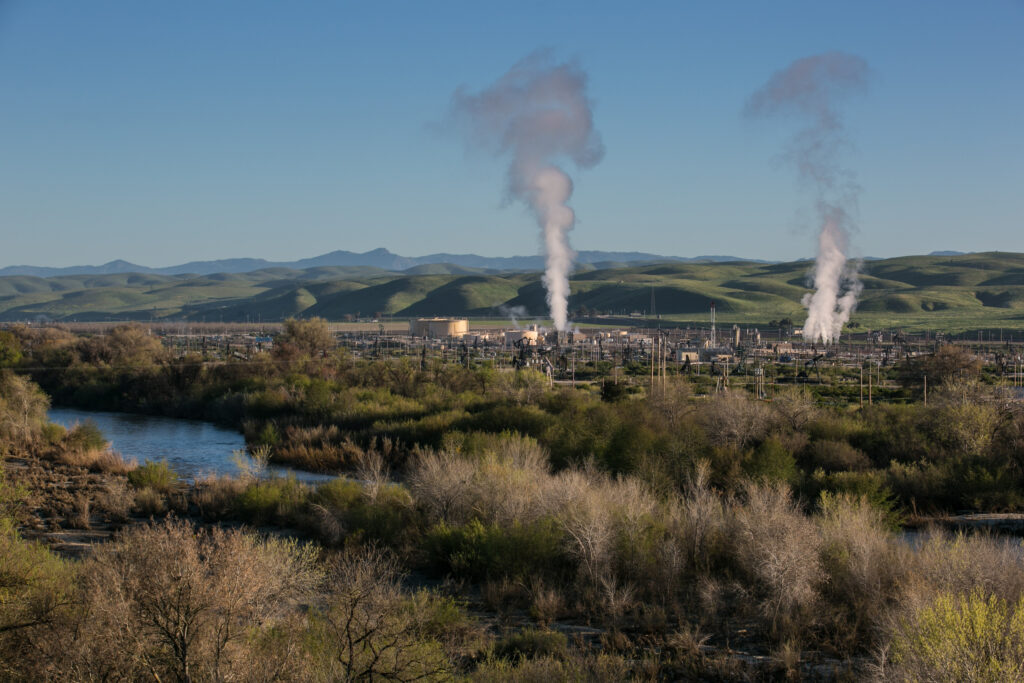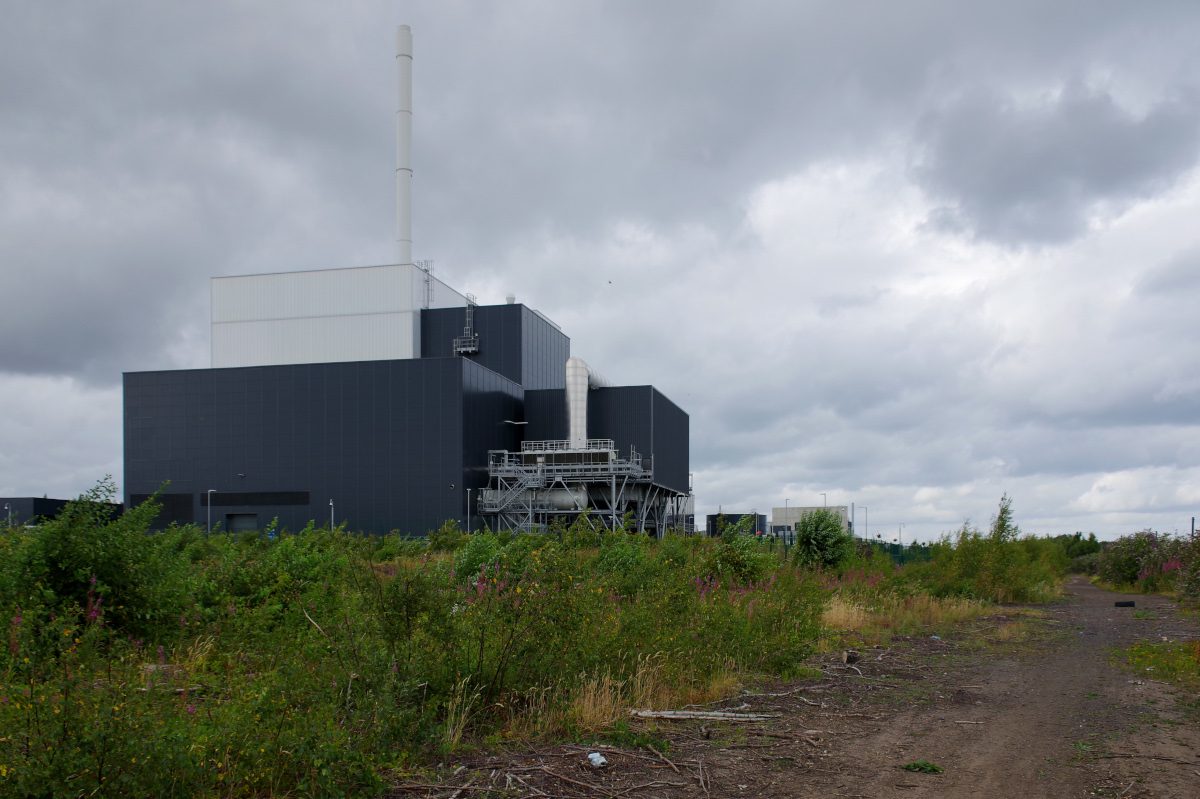The U.S. Environmental Protection Agency informed Colorado Wednesday that the state could not close coal-fired power plants to improve air quality in the West, three months after the agency heard arguments from Colorado Springs Utilities requesting it be allowed to continue burning coal to generate electricity.
State regulation in Colorado requires certain coal-fired power plants to close in the coming years. But the EPA wrote in its decision to partially deny the state’s “regional haze” air-quality plan that Colorado did not fully consider “grid reliability” in moving to shutter the plants.
Private utilities are the final decision-makers when it comes to power-plant retirements, said Cyrus Western, EPA’s mountain and plains regional administrator, and the EPA will not exert extra pressure on them to take coal off the grid.
“There are not going to be any shutdowns of these coal-fired units because of the federal government breathing down [utility companies’] necks through regulation,” he said in a phone interview.
State regulators say the finding is unenforceable.
“We’re not impacted by the EPA’s proposed partial disapproval of Colorado’s ambitious and protective Regional Haze Plan,” said Michael Ogletree, senior director of state air quality programs at the Colorado Department of Public Health and the Environment, in a statement to Inside Climate News.
“Colorado remains committed to clean air, climate progress, and protecting visibility in places like Rocky Mountain National Park, one of our nation’s most iconic and beloved landscapes,” he said.
The dispute has left it unclear, even to the utility that met with EPA, whether the decision will automatically save coal plants scheduled to close in Colorado.
“As of today, we are still scheduled to decommission the coal-fired portion of Ray Nixon Power Plant by 2029,” said Danielle Nieves, senior public affairs specialist for Colorado Springs Utilities.
But that timeline poses serious reliability challenges, she added. “We’re still in discussions with the state to address that.”
In 2022, Colorado submitted to the EPA its Regional Haze Plan, which offers a roadmap of steps the state would take to limit the fine particulate pollution from fossil fuels that clouds viewsheds. These plans are typically the result of consultation between states and utilities. Under the Clean Air Act, the EPA regulates regional haze, a threat to public health and ecosystems and a leading contributor to poor visibility in national parks.
Provide EPA With Feedback
Comment on EPA’s partial rejection of Colorado’s regional haze plan here.
“We’re very disappointed that EPA is proposing yet another action under the new administration that is contrary to Congress’ goal that was set out in the Clean Air Act: remedy existing and prevent future haze pollution that harms our parks and wilderness areas,” said Ulla Reeves, director of the National Parks Conservation Association’s clean air program.
“We don’t think that EPA’s reasoning is very well-founded here.”
In its decision, the EPA wrote that it had learned “new information” about the plan’s impacts on the grid. The information came in part from an April 2 meeting with Colorado Springs Utilities, which operates a coal-fired power plant scheduled to close under Colorado’s plan, during which the company warned of impacts to grid reliability if it could not continue running its coal plant, the EPA wrote.
Nieves called Colorado Springs Utilities’ meeting with the EPA, which was CEO Travas Deal’s idea, a “unique” and “unprecedented “ situation for the company. The agency appeared to echo the utility’s arguments in its decision.
Conferring with a utility while reviewing Colorado’s regional haze plan “certainly seems to signal an open-door policy,” Reeves said.
“EPA is supposed to be an oversight agency,” she added, “not giving free passes to industry.”
Western said it is part of his job to meet with different stakeholders and that he would take a meeting with environmental groups. “I make it a point of emphasis to meet with anybody who wants to meet with me,” he said.
Even if utilities close coal plants in Colorado, there is still plenty of room to improve Western air quality, Reeves said. Visibility in Rocky Mountain National Park, for instance, is 141 miles, only about 84 percent of its natural state, according to National Parks Conservation Association estimates.
Last year, a record 331.9 million visitors made their way to U.S. national parks, nearly the equivalent of the total U.S. population, according to National Park Service data. Colorado’s national parks welcomed over 5 million people in 2024.
“The intent of the program is to make good, reasonable progress,” Reeves said. “That’s what Colorado was trying to do … and I think this [EPA decision] is a bit of a slap in the face to Colorado for doing the right thing.”
The EPA is receiving public comments on its decision through Sept. 15.
About This Story
Perhaps you noticed: This story, like all the news we publish, is free to read. That’s because Inside Climate News is a 501c3 nonprofit organization. We do not charge a subscription fee, lock our news behind a paywall, or clutter our website with ads. We make our news on climate and the environment freely available to you and anyone who wants it.
That’s not all. We also share our news for free with scores of other media organizations around the country. Many of them can’t afford to do environmental journalism of their own. We’ve built bureaus from coast to coast to report local stories, collaborate with local newsrooms and co-publish articles so that this vital work is shared as widely as possible.
Two of us launched ICN in 2007. Six years later we earned a Pulitzer Prize for National Reporting, and now we run the oldest and largest dedicated climate newsroom in the nation. We tell the story in all its complexity. We hold polluters accountable. We expose environmental injustice. We debunk misinformation. We scrutinize solutions and inspire action.
Donations from readers like you fund every aspect of what we do. If you don’t already, will you support our ongoing work, our reporting on the biggest crisis facing our planet, and help us reach even more readers in more places?
Please take a moment to make a tax-deductible donation. Every one of them makes a difference.
Thank you,

















